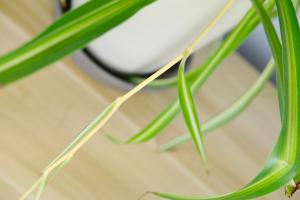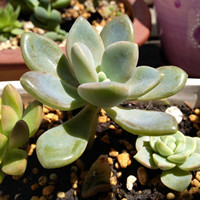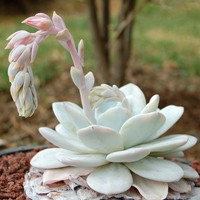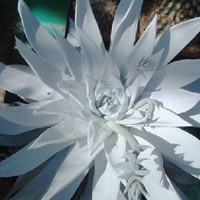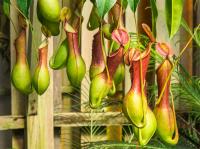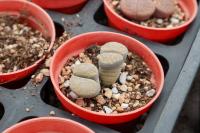1、 The water quality is too poor
Phyllostachys pubescens is relatively dependent on water. If there is a problem with the water quality required for its growth, it will certainly have an impact on the growth of plants. The most direct manifestation is rotten roots. If the water is not changed for a long time, a large number of bacteria will breed in the water and pollute its roots. It is best to change the water frequently during breeding, and the water used is preferably river water, rainwater or water that has been dried

2、 The temperature is too high
It prefers to grow in warm and humid places. When flower friends breed, the water temperature should be kept at about 25 ℃ as far as possible. Especially in summer, it should be noted that if the time is too long in the high-temperature and hot environment, the water temperature will become very high, which will also lead to the occurrence of rotten roots. It is best to transfer to a cool and ventilated place for breeding
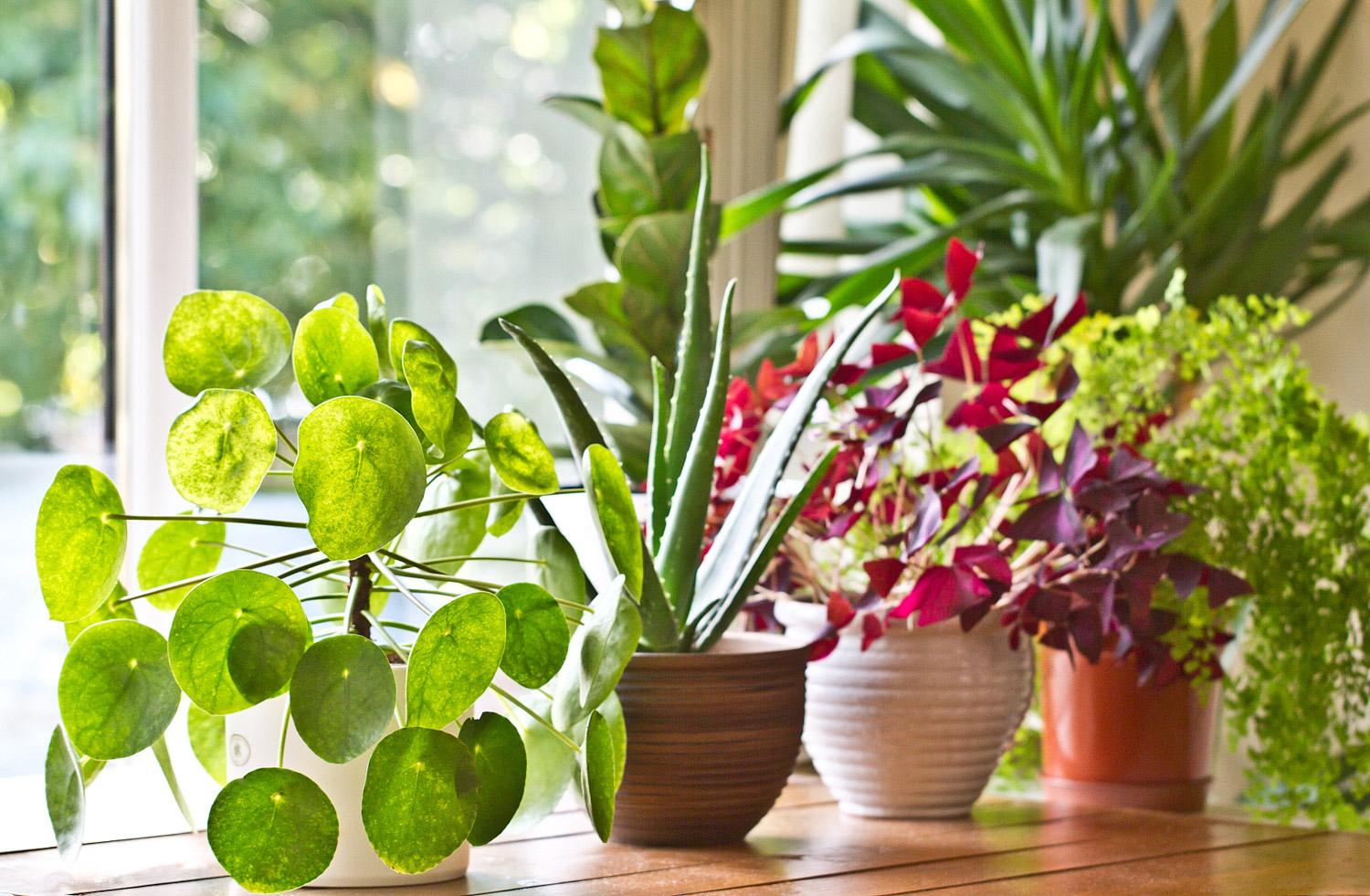
3、 Poor soil quality
For the same reason, it is also important to use clean soil when raising with soil. If there are bacteria and insect eggs in it, the growth of plant roots will be endangered after a long time of cultivation. The common thing is root rot. Be sure to disinfect the soil before using it. It's best to change the soil after the plant suffers from diseases


 What is the reason f...
What is the reason f...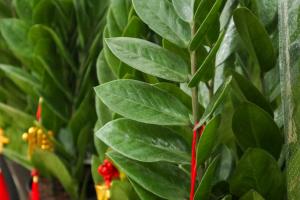 The "money tree...
The "money tree...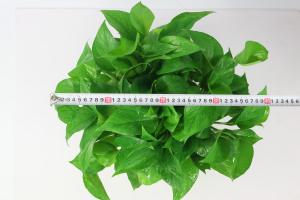 What is the reason f...
What is the reason f... Will the green pinea...
Will the green pinea... Why does Fuguizhu ha...
Why does Fuguizhu ha...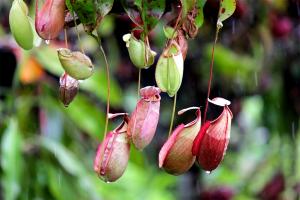 What about the rotte...
What about the rotte...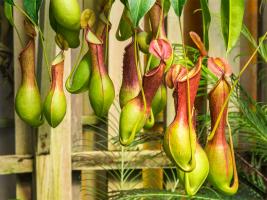 Characteristics of r...
Characteristics of r...



